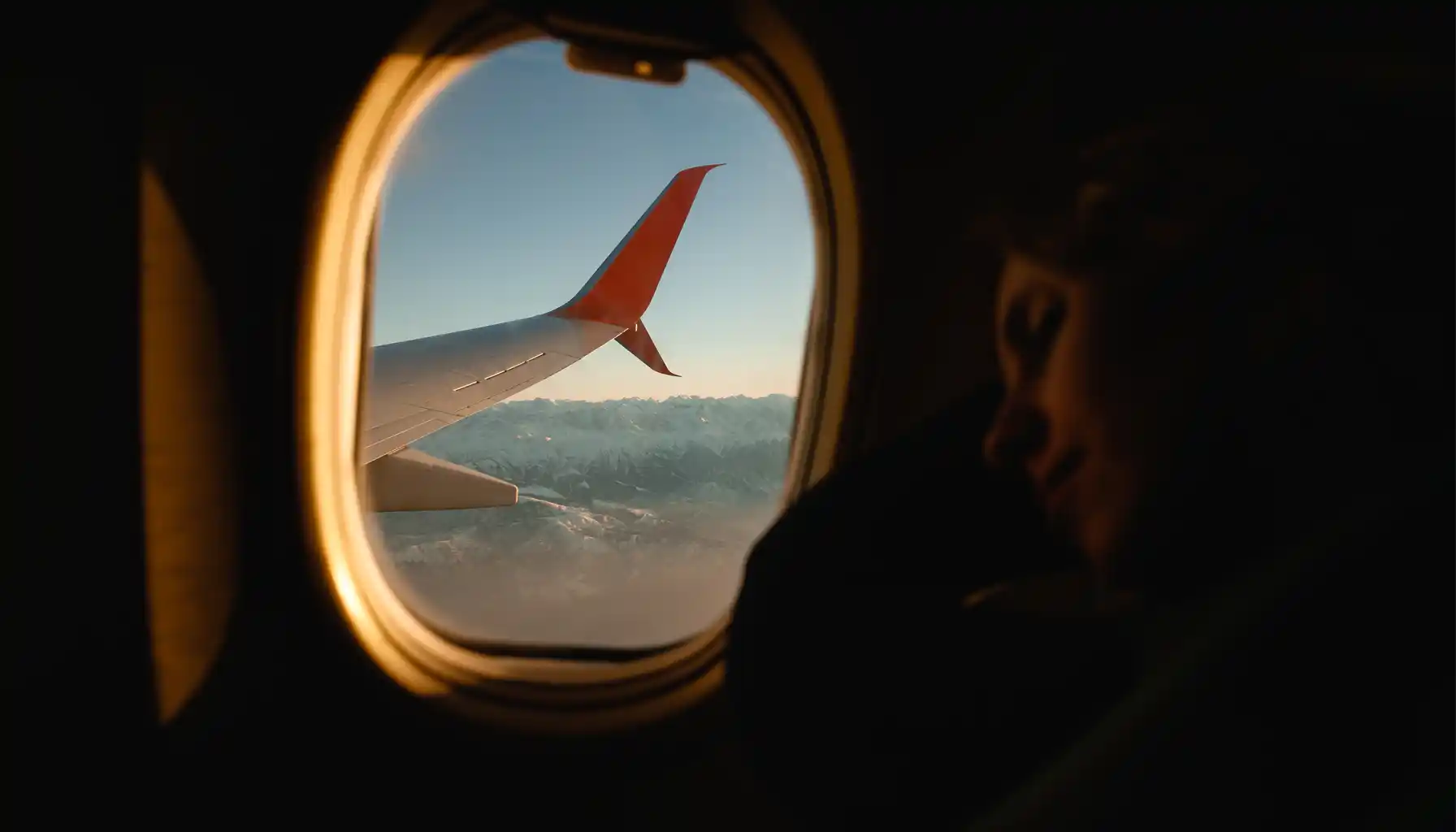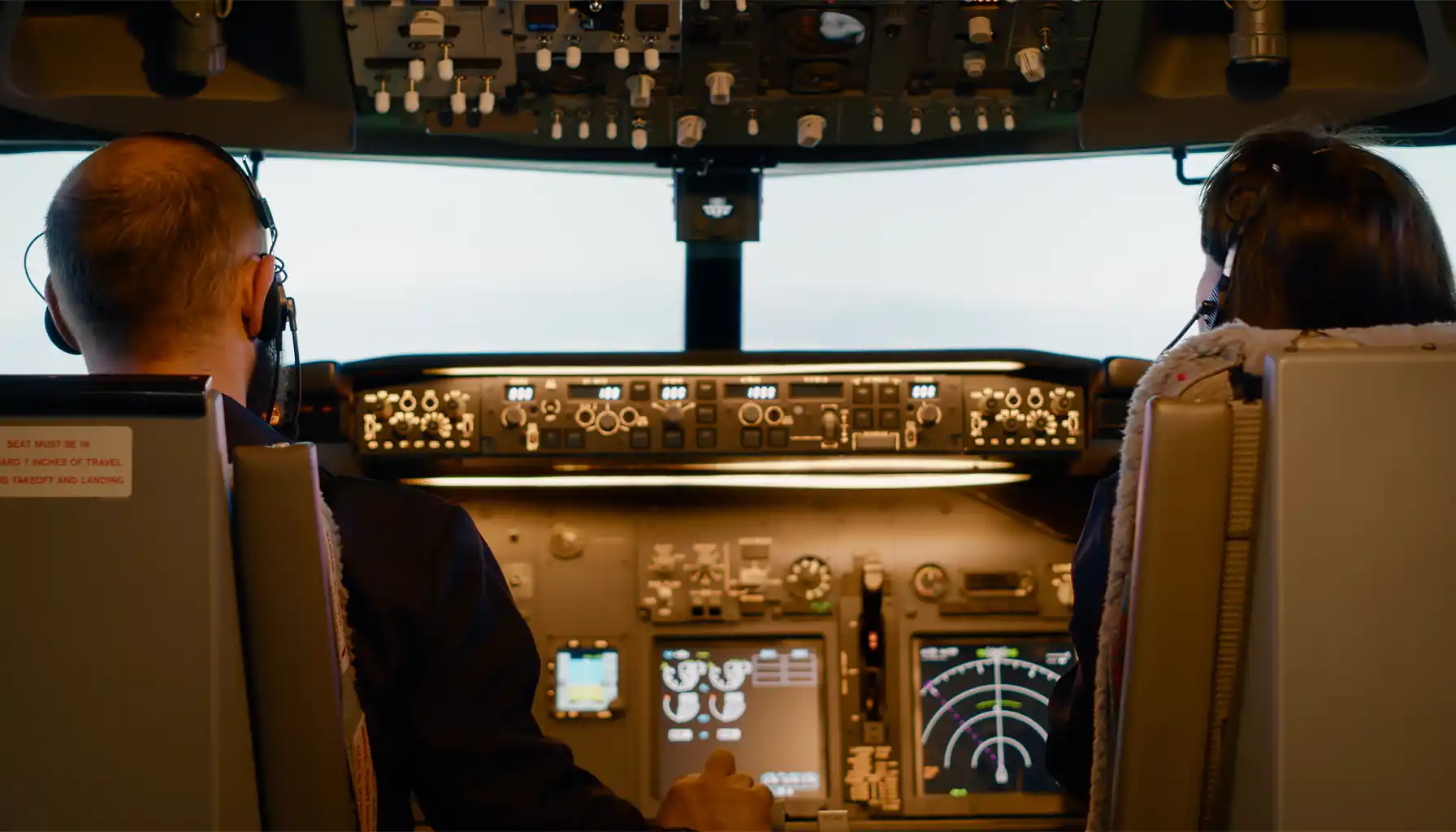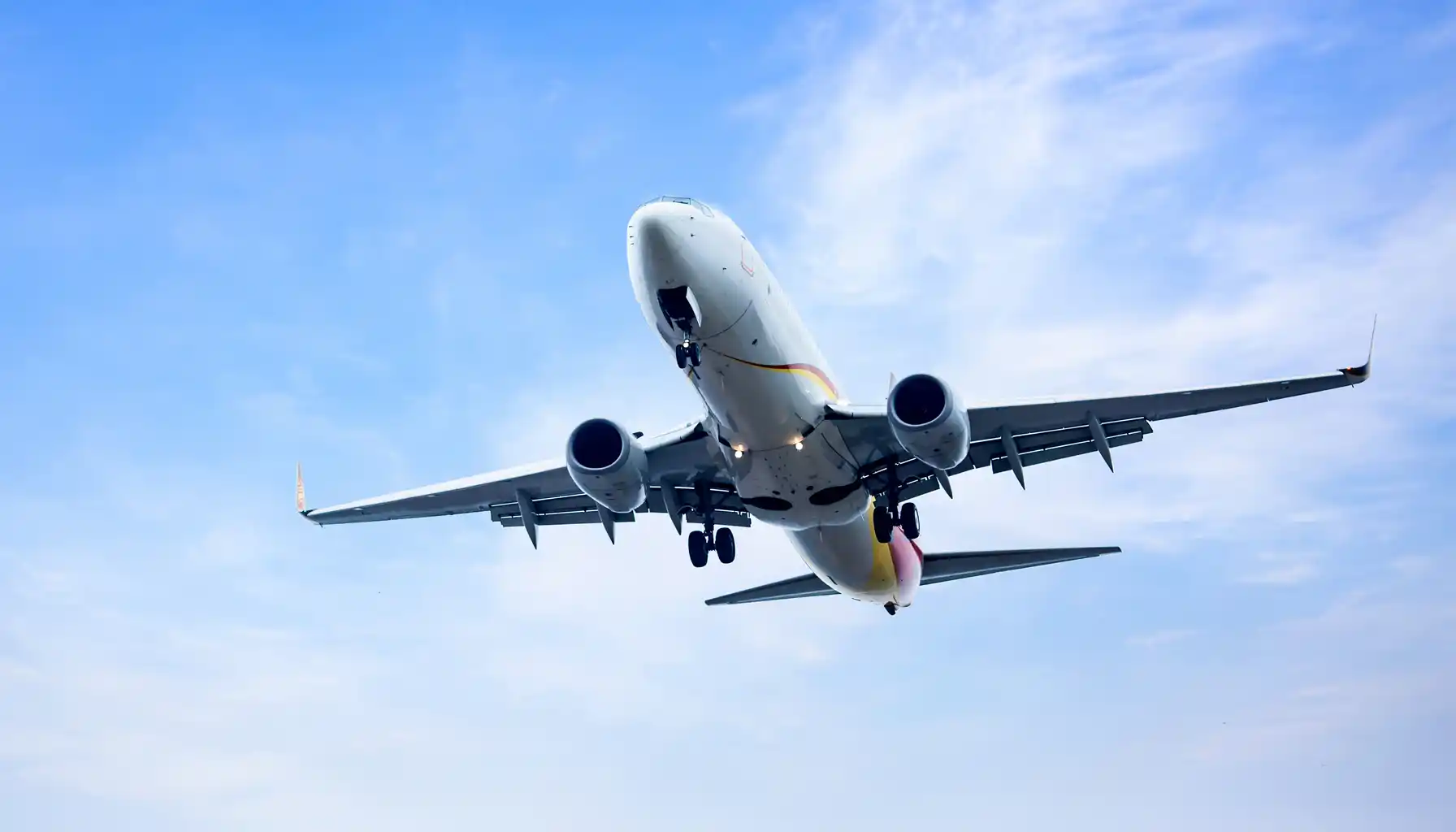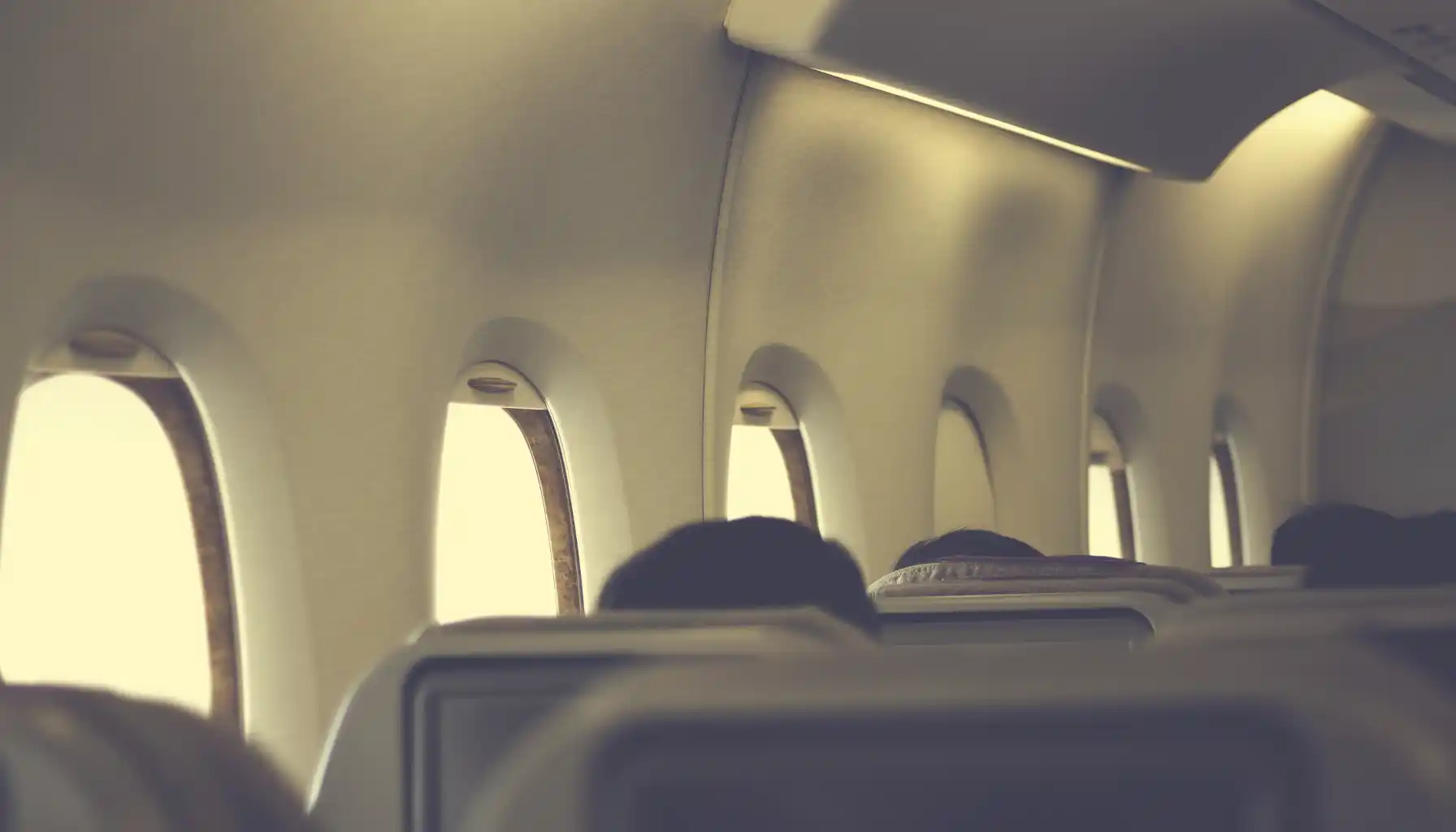Flying Without Fear: Strategies to Defeat Pteromerhanophobia

Contents:
The fear of flying is one of the most widespread phobias that affects millions of people worldwide, and its levels of severity range from mild nervousness before takeoff to full-blown panic attacks during the flight. Nonetheless, different types of flight seem like an ordinary process that cannot pass without feeling overwhelming anyway. Thousands of feet beneath – this is how high you can fly (not only in your dreams).
Fortunately, any phobia can be managed and gradually overcome when approached with the right strategies and support. Your confrontation should not be undertaken alone – it will ease your pain and make your progress more sustainable. But how to get over the fear of flying? Which steps to take, and when is the right time to rely on cognitive training in the end?

Quick Overview: What Is Pteromerhanophobia?
Pteromerhanophobia is the clinical term for the fear of flying, classified as a specific phobia within the broader category of anxiety disorders (includes SAD, genetic anxiety, etc.). But what is the fear of flying called else? Another common term is aerophobia.
Those who suffer from this condition usually experience anxiety, panic attacks, or physiological symptoms (e.g., rapid heartbeat, sweating, or trembling) when flying or even thinking about the process – stages differ, yet their impact is too significant to ignore either way. This may have various causes, which may broadly come down to psychological factors, past experiences, and an obvious lack of control during flight. But how to get over a fear of flying?
…It is almost impossible to cover every detail in a single article. For more information, please refer to our article: Aerophobia: The Science, the Triggers, and the Solutions
Understanding Your Fear

Fear of flying is ubiquitous – it may hit you on the ground, at the very thought of soaring into the sky. And this is why it is important to understand its origins beforehand. As such, this involves various aspects of one's cognition, including psychological, emotional, and situational factors. It might be the feeling of losing control while high above the ground – it might be linked to confined spaces, turbulence, or past negative experiences as well.
The pteromerhanophobia definition also reveals that it is mainly a learned response when the brain repeatedly associates flying with danger. The cycle of anticipation starts long before the actual process should commence. Among the most common underlying triggers are:
Loss of control: Being unable to influence or stop the flight process.
Turbulence and noise: Interpreting normal flight sensations as signs of danger.
Claustrophobia: Feeling trapped in a confined cabin for long periods.
Past experiences: Previous unpleasant flights or hearing about aviation accidents.
Anticipatory anxiety: Worrying days or weeks before the flight, which only promotes the fear.
Generalized anxiety: Existing anxiety disorders that heighten responses to unfamiliar or uncontrollable situations.
Practical Strategies Before the Flight

How to overcome fear of flying well before the actual flight? This starts with preparation – profound, complex, all-encompassing. But which strategies are the most effective to try in advance?
Learn about Aviation Safety
Knowledge is power. Understand how airplanes work, what causes turbulence, and how strict aviation standards are. As soon as you realize how rare in-flight issues actually are, your anxiety naturally begins to subside.
Practice Relaxation Techniques in Advance
You should be calm – mind and body. Try deep breathing, mindfulness meditations, or progressive muscle relaxation to train your body to handle anxiety more effectively. Practice regularly before you travel to get accustomed to these processes to use them when you need them most.
Try Cognitive Training to Build Mental Resilience
Engage in regular cognitive exercises to improve focus, emotional control, and problem-solving, i.e., skills that are useful when managing fear. Apps like Mind Elevate usually offer numerous brain-training games that may target memory retention, attention, logical reasoning, math fluency, and musical perception to help you redirect anxious thoughts and maintain composure when facing flight-related stress.
Limit Stimulants Before Departure
Some substances may worsen the situation. Caffeine and other stimulants can intensify physical anxiety symptoms, which is why it is vital to stick to water or herbal tea instead to help keep your body balanced and calm.
Seek Support If Needed
If your fear feels overwhelming, consider speaking with a mental health professional or joining a related program. Do not let yourself drown in the fear – float over it.
Coping Techniques During the Flight

Imagine getting on the plane and suddenly feeling anxious. This is quite a normal situation, for some phobias may be manifested out of the blue. While in the long run, it might be reasonable to eliminate the fear completely, in the short run, it is vital to manage it so that it does not take control over what you feel. How do you overcome fear of flying?
Focus on your breathing.
Breathing is important: when one inhales, the heart rate speeds up – when you exhale, it slows down. Deep, rhythmic breathing helps regulate your nervous system. Try the following: inhale for four seconds, hold for seven, and exhale for eight.
Distract your mind with stimulating tasks.
Keep your brain busy all the time to interrupt the anxiety loop. Listen to a podcast, solve puzzles, read a book, or use a cognitive training app to occupy your focus and reduce anxious thoughts on the spot.
Reframe turbulence and sounds.
Remind yourself that turbulence is normal and that modern aircraft are designed to handle it safely. Interpreting these sensations as expected rather than dangerous is the best way to reduce the fear response as soon as possible. Rationalization at its best.
Move when possible.
Stand up or stretch your legs occasionally during long flights. Gentle movement releases physical tension and improves the circulation of blood, which calms your body and mind.
Communicate with the crew.
Flight attendants are trained to support anxious passengers. Should you feel that something goes wrong deep inside, let them know about your fear for them to make you feel safer and more understood. They have seen it all before thousands of times.
Long-Term Strategies to Reduce Fear

There is no universal fear of flying treatment option that could work for everyone, given that what calms down one person might not work for another. Nonetheless, there are different techniques that may help one delve into a gradual process of healing, challenging anxious thoughts, and retraining one's brain to respond differently to flying.
Gradual Exposure
One of the most effective methods is gradual, controlled exposure to flying-related stimuli under the surveillance of healthcare specialists in carefully prepared settings. This is what you can do:
Watch videos of planes taking off and landing.
Visit an airport without boarding a flight.
Take short flights before attempting longer ones.
Cognitive Behavioral Techniques
Cognitive behavioral therapy (CBT) was originally designed to identify and challenge irrational thoughts about phobias. In case of pteromerhanophobia, techniques include:
Recognizing and reflecting on catastrophic thinking (“the plane will crash”).
Replacing fears with balanced, factual perspectives.
Journaling anxious thoughts to track patterns and triggers.
Mindfulness and Stress Management
Long-term anxiety reduction should be supported by consistent practices. These are to promote your ability to stay present, as well as reduce the anticipatory anxiety that often makes flying more stressful.
Professional Support and Courses
What could be better than genuine support from those who understand your fears? Seeking guidance from group courses, workshops, or one-on-one therapy seems like a fine way to accelerate progress. How to cope with fear? Where to seek emotional support? This is where you may find the answers to all of your questions.
Consistency and Patience
Finally, remember that consistency is the key to long-term success. It is a long fight that cannot be stopped overnight. Celebrate small victories along the way and start seeing confidence in the skies.
Fight for your freedom and let the skies turn into a place of peace, not the source of your fear.





